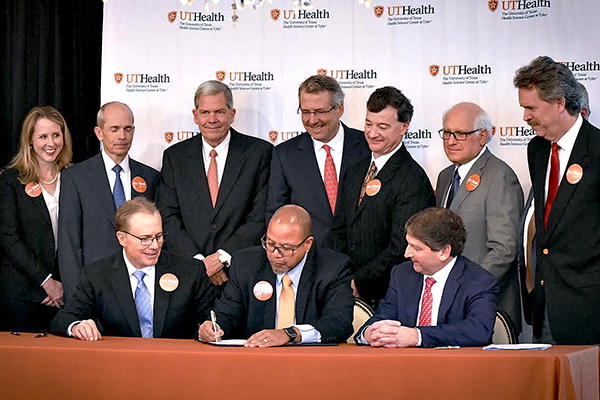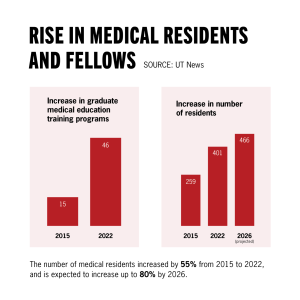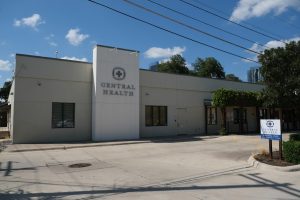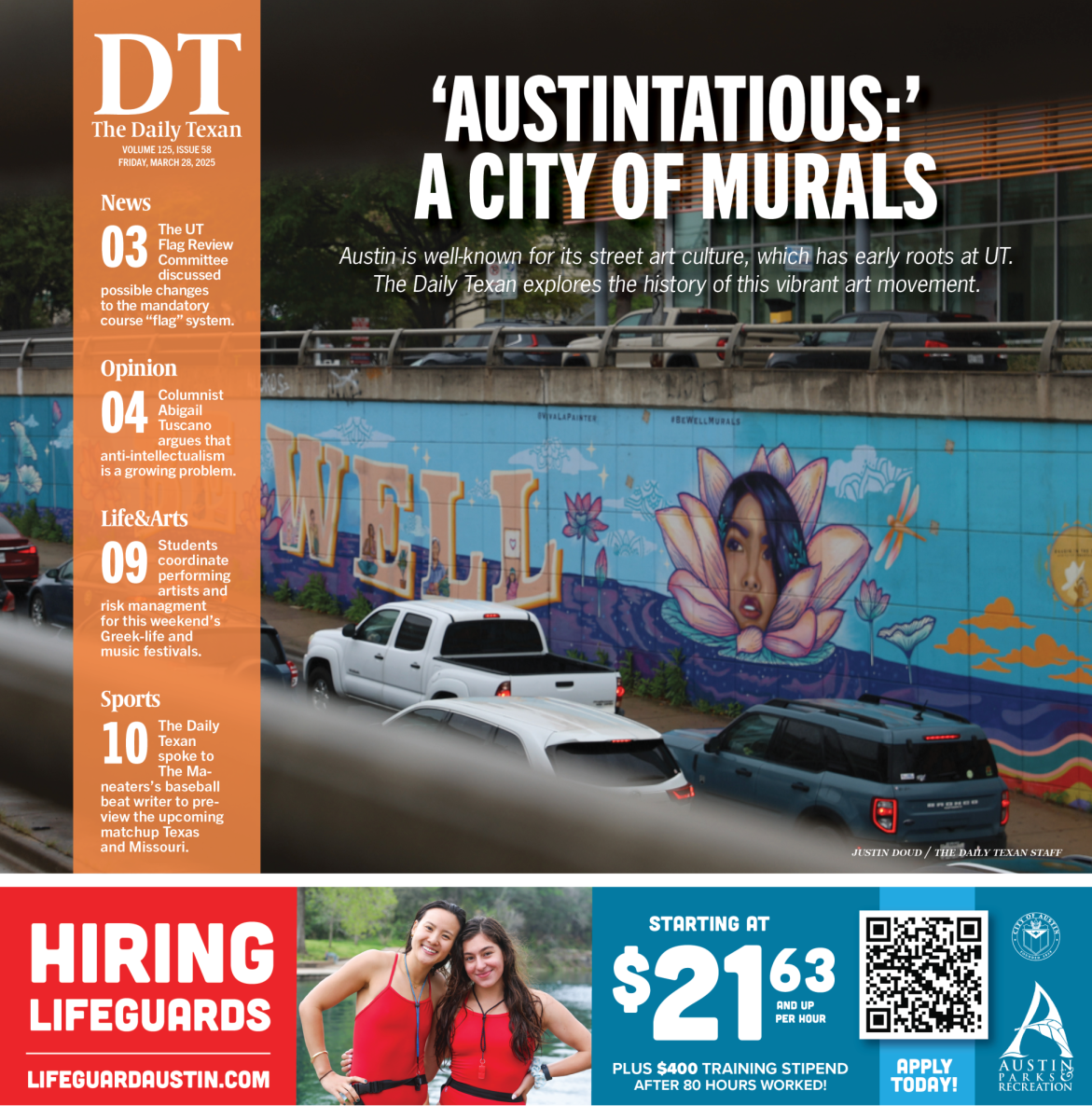New UT Tyler School of Medicine aims to improve health care options in East Texas
January 13, 2023
The UT Tyler School of Medicine plans to welcome its first class this fall to address the shortage of health care professionals in East Texas.
Due to its rural location, East Texas suffers from a severe shortage of physicians and health care workers that is much worse than in other areas of the state. The school will address problems such as lack of access to physicians and health disparities by producing a new generation of health care workers in the area, said Brigham C. Willis, the founding dean of the UT Tyler School of Medicine.
“Our mission is to develop physicians for the region to address those outcomes,” Willis said. “To do that, we are trying to … recruit students from the region to be in our school, because I think if you’re from East Texas, you’re a lot more likely to settle in East Texas and work as a physician.”
Willis said the school’s curriculum will be set up to focus on the health disparities in East Texas. They plan to use faculty and staff efforts to integrate themselves and this program into the community and survey the region’s needs.
Gisele Abron, the associate dean of admissions at UT Tyler School of Medicine, said the school is focused on community engagement, education, research and the clinical aspect of the community.
“The community engagement piece comes into where we are really connecting with the community to understand the community’s needs,” Abron said. “We are engaging with local colleges and universities to establish early assurance pathway programs so that their students can earn spots in our cohorts.”
The health disparities in East Texas are partially created by medical professionals moving to larger cities when pursuing their careers, thus leaving fewer options for the rural regions. Willis said another issue is when medical school students graduate from urban areas, they don’t want to move to rural areas.
“The vast majority of med schools are around Dallas or Houston or big cities across the country,” Willis said. “We’re trying to flip the paradigm to deal with the issue of why rural areas have so few positions, and it’s getting people from those areas and training them, hoping they go back.”
New data reported by the Association of American Medical Colleges has predicted by the year 2033 the nation will have a shortage of between 54,100 and 139,000 physicians. Elza Mylona, the vice dean for faculty and academic affairs, said the school hopes to change that.
“It’s important not to just produce positions, although we do need those, especially in areas of primary care,” Mylona said. “We do hope to see that some of our students were not just produced to increase numbers in the workforce but to also maintain these individuals in our communities.”















